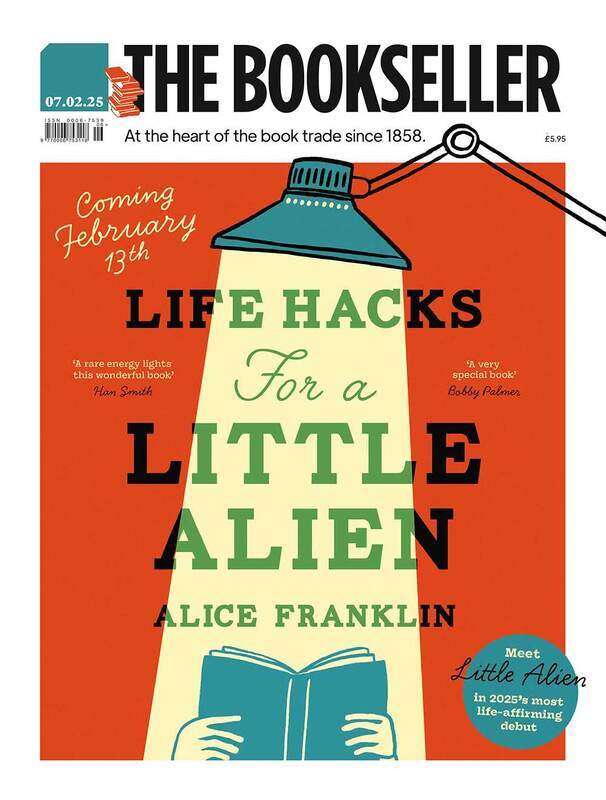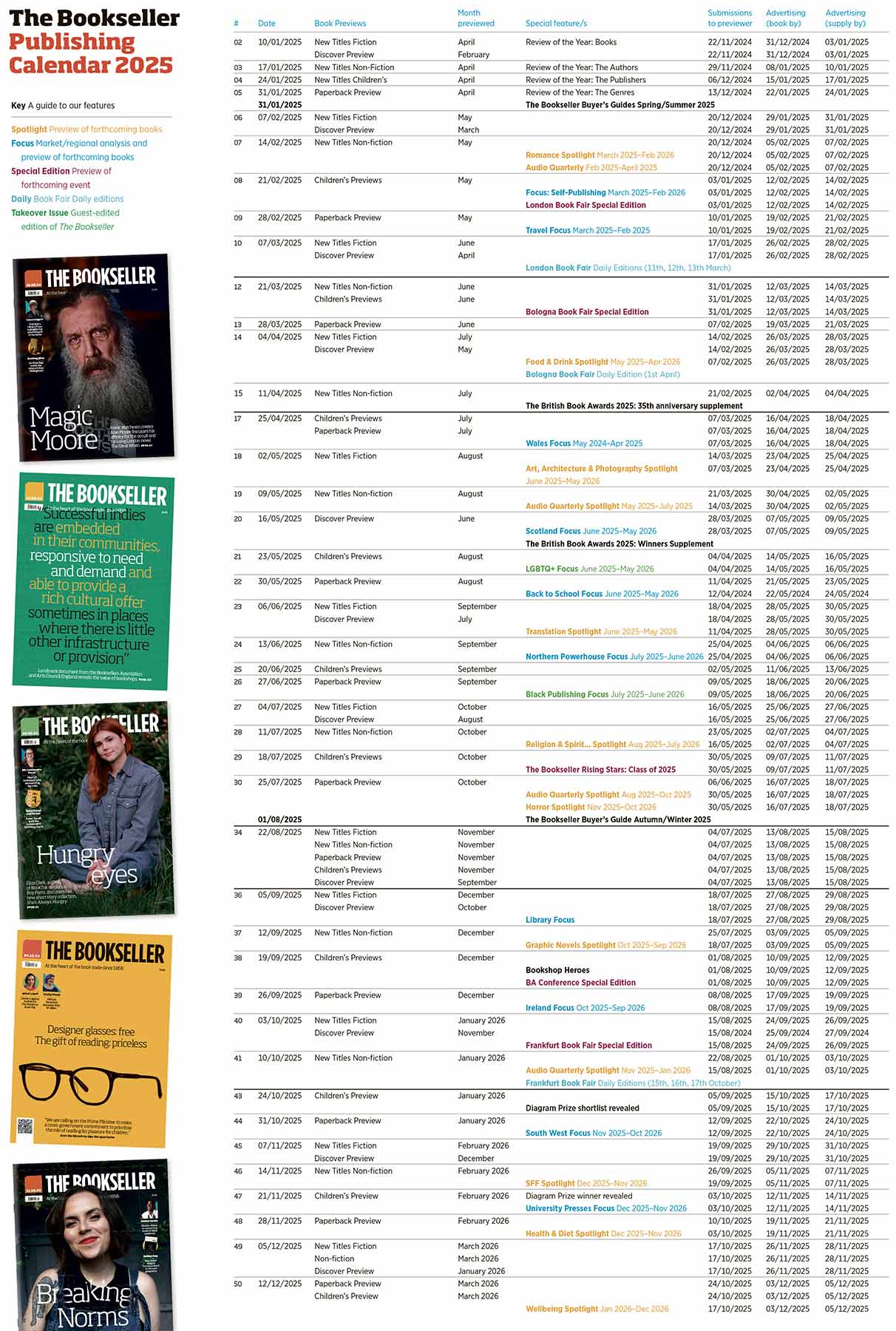You are viewing your 1 free article this month. Login to read more articles.
Blended learnings
As society begins to take tentative steps back to normality, we are all grappling daily with what that means. What will return to how it was before? What will return, but somewhat altered? What will be forever changed?
Publishing has weathered this extraordinary period in its history pretty well. Its success underpins many livelihoods and powers many other sectors: research, education and the wider creative industries. And this is, of course, two-way: what happens in the sectors that publishing serves matters.
Higher Education will emerge from the pandemic forever changed. The speed of adoption of digital resources has accelerated beyond anything we could have imagined; the pressures on institutions, their staff and students have been immense.
This acceleration has shone a light on the price and availability of digital textbooks, prompting accusations that publishers opportunistically raised prices and restricted availability in response to the pandemic. This simply isn’t the case.
Publishers want readers to access their books. Their core purpose is to connect the products they publish with the widest audience possible. They know the value that a quality textbook can bring to a student’s experience and to their academic success.
When it comes to availability of digital textbooks, deliberate restriction is anathema to this purpose. Where a publisher owns the rights, it will create a digital version. The idea that only a small percentage of books are available digitally does not correspond to our members’ data.
Institutional libraries are, of course, a crucial means of reaching readers and their core purpose is aligned with ours: to support students and to enable access to the quality resources they need.
However, libraries are not the only route. Some students buy their own textbooks, and Nielsen BookScan data shows that prices have stayed steady for a number of years. Some university faculties purchase direct. Platforms that aggregate content also play a key access role. Campus bookshops have traditionally been important.
Saying this is not intended in any way to undermine or negate the institutional library’s vital purpose, or to brush over the significant challenges they have faced. But it is important when considering the wider digital textbook market.
It is also important to consider user numbers. A comparison between pricing of a single print copy and a single user licence on a digital book isn’t a direct comparison. Many, many more students will access the latter and it is logical that is reflected in the price.
Another relevant point that sometimes gets overlooked related to textbooks is that the authors that produce them are paid by publishers for this work, which again is relevant to the overall market and is a key difference to monographs and journals.
As students begin to come back to campuses later this year, they will be returning to a forever changed university sector. Digital resources and blended learning will remain core to their experience and to their learning outcomes.
Given our shared purpose, Higher Education institutions and publishers must work closely and collaboratively for the benefit of students. They are best served by engagement, not disruption. Collaboration, not in-fighting.
To that end, we have offered on a number of occasions for library associations to meet with ourselves and our members on this issue. So far, they have not been willing to. Public events linked to this issue often are without any publisher voice and those who do speak up are met with a frosty reception. It was especially puzzling to see this most recently at a publishing-focused conference.
There must be a more effective way for libraries and publishers to speak to one another on this issue. Of course, there are commercial and legal restrictions on what publishers can say publicly on pricing, but there is still space for constructive dialogue. We are very much open to engagement.
Stephen Lotinga is the chief executive of the Publishers Association





